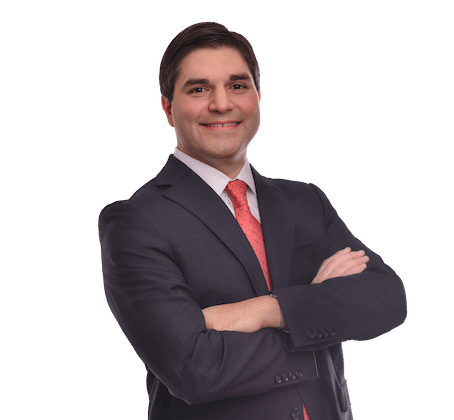On April
16, 2020, the Small Business Administration (SBA) announced that the Paycheck
Protection Program (PPP) is no longer accepting new applications, as all funds
appropriated to the PPP by Congress have been allocated. Two days
earlier, the SBA released an Interim Final Rule that provides important
clarifications regarding self-employment income of Form 1040 Schedule C filers
and partners in businesses that are partnerships for tax purposes. While
the PPP is no longer accepting applications at this time, the Interim Final
Rule provides helpful guidance with respect to partnerships and limited
liability companies that have already received funding under the PPP.
Under the
PPP’s loan forgiveness provisions, the SBA will forgive an amount of the loan
that is based on amounts expended by the borrower for payroll costs,
interest on covered mortgage obligations, rent and utilities during the
eight-week period following the origination of the loan, not to exceed the
principal amount of the loan. In addition, amounts expended for
non-payroll costs (i.e.,
mortgage, rent and utility payments) cannot exceed 25% of the loan
proceeds.
With
respect to sole proprietors and owners of single member LLCs that are
disregarded entities for federal income tax purposes – those that report their
business income on Schedule C – the Interim Final Rule indicates how payroll
costs should take into account the owner’s self-employment income, depending on
whether or not the business has separate W-2 employees.
As for
partnerships for tax purposes, “payroll costs” was previously understood to
exclude self-employment income and distributions to partners (e.g., members of limited
liability companies taxed as partnerships, or partners of limited liability
partnerships). Now, the SBA guidance makes it clear that “payroll costs”
includes such income and distributions to the extent paid to “general active
partners” (which is undefined but presumably excludes limited partners in
limited partnerships, retired partners and investors who do not provide
services), treated as self-employment income for tax purposes, and not in
excess of $100,000 per year. This means that PPP borrowers can use loan
proceeds to pay such costs without negatively impacting their forgiveness
amount. Borrowers may also now find it easier to ensure that at least 75%
of the loan proceeds is spent on payroll costs.
If you
have any questions about how these relief provisions, and other provisions
under other federal or state programs, may apply to you or your business,
please contact Jason Navarino, Rich Lomuscio, Hannah Greendyk or any
member of Riker Danzig’s Corporate and Tax
Departments.




